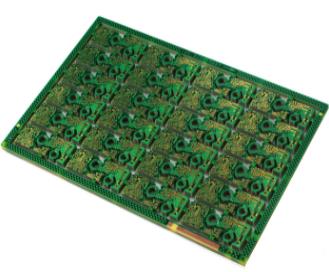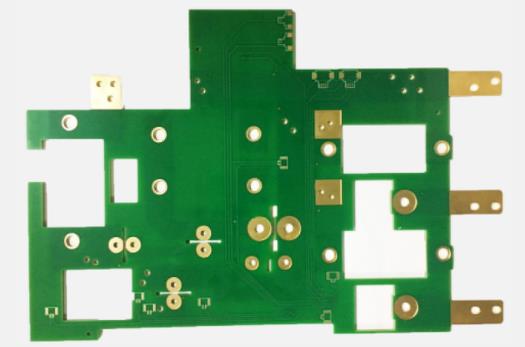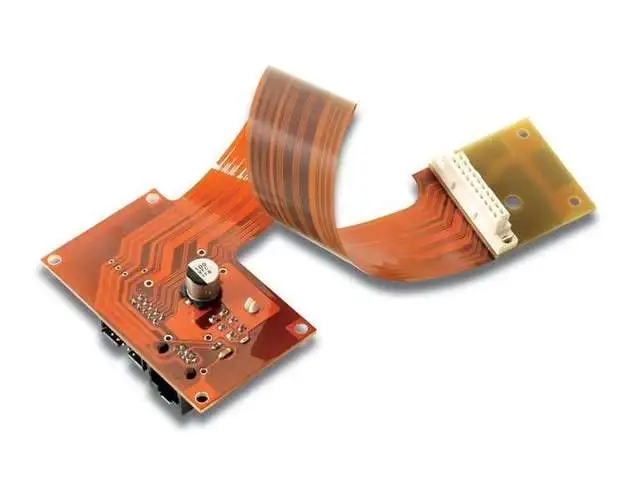
Experience of dealing with shielding methods in high-speed PCB design
PCB manufacturers, PCB designers and PCBA manufacturers will explain and share a little experience in dealing with shielding methods in high-speed PCB design
The transmission rate of the high-speed pcb design cabling system is steadily accelerating, but it also brings a certain vulnerability to interference. This is because the higher the transmission frequency of information, the more sensitive the signal is, and their energy is weaker, at this time the cabling system is more vulnerable to interference. Interference is everywhere. Cables and equipment will interfere with other components or be seriously interfered by other interference sources, such as computer screens, mobile phones, motors, radio relay equipment, data transmission and power cables. In addition, potential eavesdroppers, network crimes and hackers are increasing, because their interception of UTP cable information transmission will cause huge damage and loss.

Especially when using high-speed data networks, the time required to intercept a large amount of information is significantly lower than the time required to intercept low-speed data transmission. The twisted pair of data twisted pair can resist external interference and crosstalk between pairs by its own twisted pair at low frequencies, but at high frequencies (especially when the frequency exceeds 250MHz), the purpose of anti-interference cannot be achieved only by twisted pair, and only shielding can resist external interference.
The cable shield acts like a Faraday shield. Interference signals will enter the shield, but not the conductor. Therefore, data transmission can operate without failure. Shielded cable has lower radiation emission than unshielded cable, thus preventing network transmission from being intercepted. Shielded network (shielded cables and components) can significantly reduce the level of electromagnetic energy radiation that may be intercepted when entering the surrounding environment.
The shielding of different interference fields mainly includes electromagnetic interference and radio frequency interference. Electromagnetic interference (EMI) is mainly low-frequency interference, and motors, fluorescent lamps and power lines are common sources of EMI. Radio frequency interference (RFI) refers to radio frequency interference, mainly high-frequency interference. Radio, television relay, radar and other wireless communication are common RF interference sources. For electromagnetic interference resistance, braided shielding is the most effective because of its low critical resistance; For RF interference, foil shielding is the most effective. Because braided shielding depends on the change of wavelength, the gap it generates allows high-frequency signals to enter and exit the conductor freely; For the high and low frequency mixed interference field, the combination shielding mode of foil layer and woven mesh with broadband coverage function shall be adopted. Generally, the higher the mesh shielding coverage, the better the shielding effect. PCB manufacturers, PCB designers, and PCBA manufacturers will explain and share some experience in dealing with shielding methods in high-speed PCB design.









